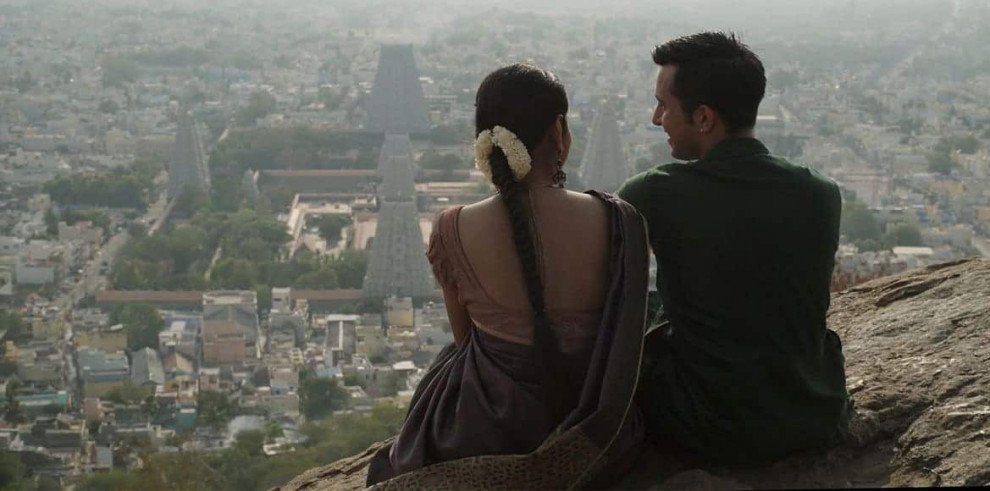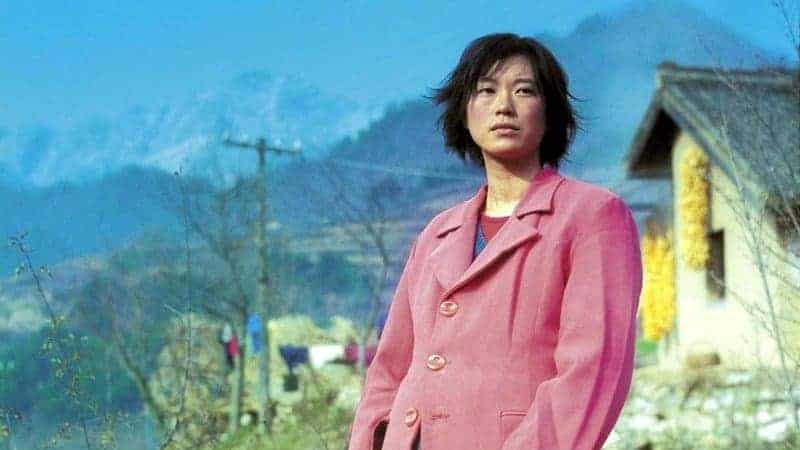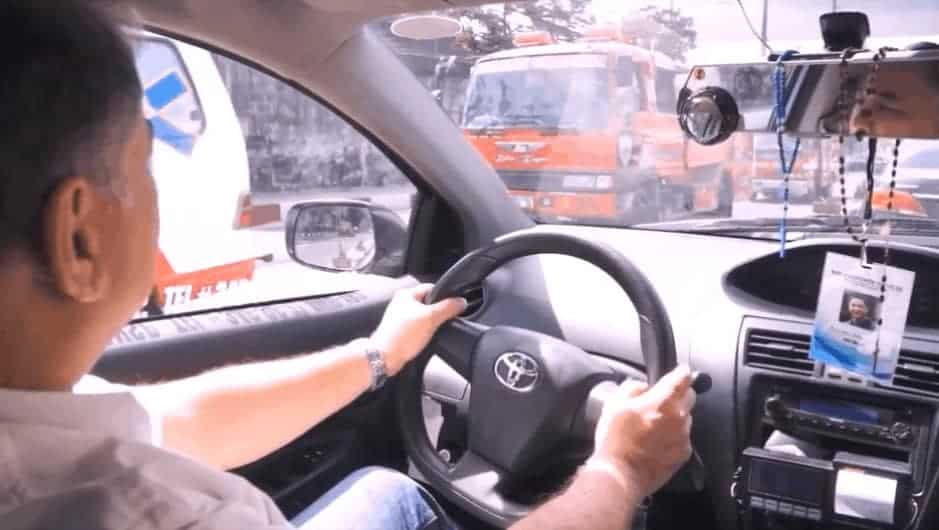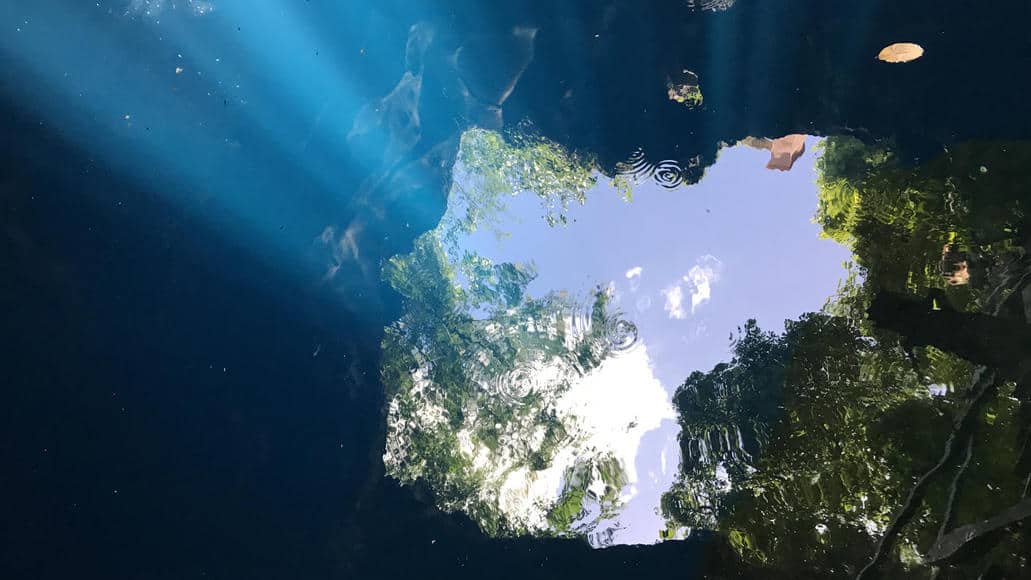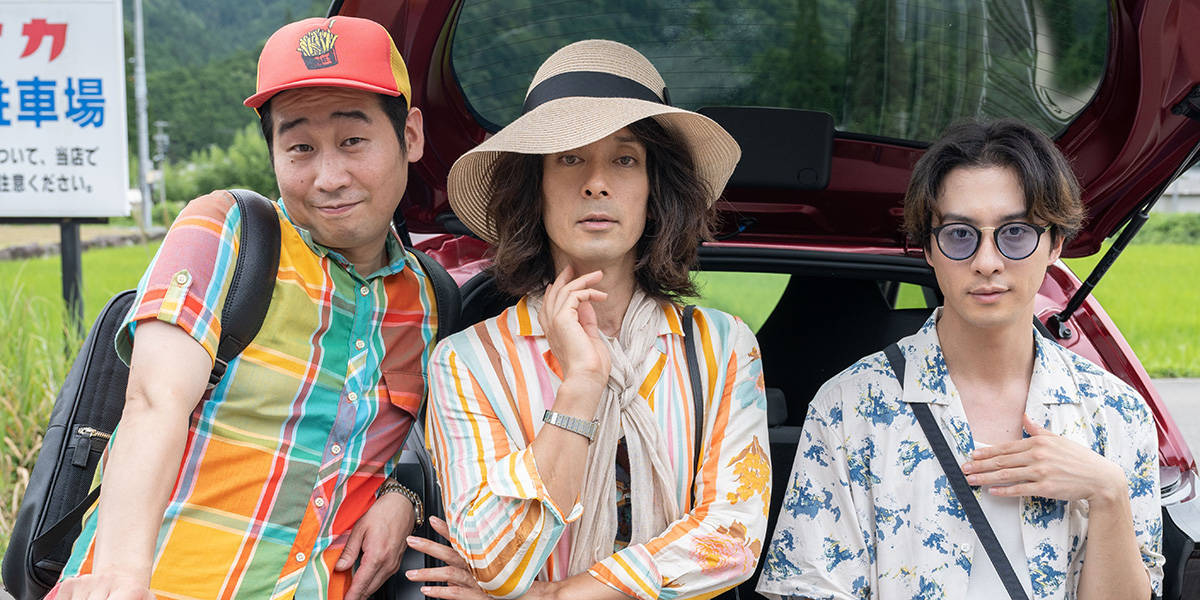“Never together yet never apart.”
Every country has its own source of legends and tales which has defined its culture. While for example the Nibelungen have left their mark on German culture and history, its characters have inspired writers ranging from J.R.R. Tolkien to George R.R. Martin. Similarly, the influence of Homer, beyond his home country of Greece, is undeniable, extending far beyond geographical and generational borders.
At the core of “His Father's Voice”, the directorial debut of producer and writer Kaarthikeyan Kirubhakaran, lies the Sanskrit epic of Ramayana, one of the oldest texts of Indian literature. The story of Prince Rama going after his love Princess Sita has been the foundation of many movies, books and even television series, making it one of the most retold narratives within Indian culture. Considering his movie is about the bridging borders between people, whether emotional, temporal or geographical, Kirubhakaran has certainly found an interesting reflection of what his characters are going through. In the end, as he says in his statement to the film, we have to realize we may not see each other, but we are most certainly not apart and “despite the distances, we have always been together.”
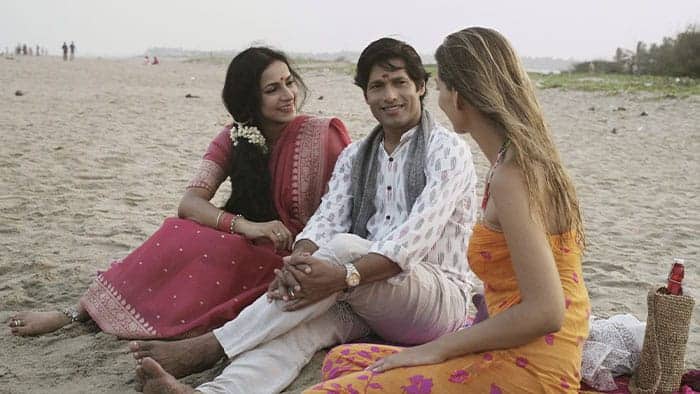
After twelve years, Kris (Christophe Gurusamy) returns to Tamilnadu, India where he hopes to re-connect with his father Jon (Jeremy Roske). Upon his arrival at the school for music and dance where his father has been working for most of his life, he is welcomed by Valli (Sudharma Vaithiyanathan), a childhood friend of his. The school is busy with rehearsing a performance of the Ramayana with Valli playing Princess Sita and her father Nagarajan (Narendran Pangathody) playing the role of Ravan, the abductor of the princess. Because Jon has disappeared, his son has no choice but to wait for him, and meanwhile search for answers on why he has never heard a word from his father for all these years.
In an early scene, Valli takes Kris, who has been absent for such a long time, on a tour of the school's premises. Upon seeing the house of Jon, Kris is stunned because the place, unlike the rest of the school, has changed quite a bit. Valli explains the original house had to be torn down for it had been infested with termites in one of Jon's long absences, an almost inevitable occurrence given the fact his father seems to spend a lot of his time away from the school. Since the recurring theme of absence, emotionally, geographically and temporally, is central to the characters of the film, Kirubhakaran introduces his viewers to a significant device when it comes to reflect and visualize the internal struggles of the people he portrays.
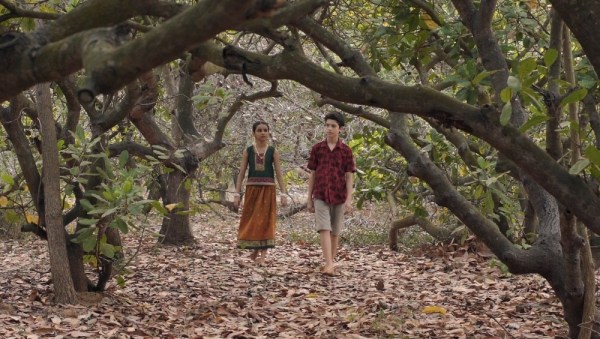
Considering the director's predilection for metaphors and symbols, the beauty of his feature debut is quite breathtaking at times. Besides its lush cinematography, the overwhelming beauty is also in the various songs, the dances as well as the landscapes shown on screen which make clear why characters such as Jon never want to leave a place like the school. However, there is also a profoundly troubling quality to the surrounding beauty as the depicted commune of artists seems increasingly isolated, out of touch and, in fact, quite oppressive. Even though the shiny surface is still there, much like the Jon's former house, it is empty on the inside and eroded by a certain emotional absence.
Consequently, and despite its beauty, there are many problematic elements within “His Father's Voice” and its characters. Perhaps the most irritating aspect is the depiction of female characters, a point also made in Andrew Elmerson's review of the film. While this may not stain the pleasure a viewer gets from the beauty of the film, it, nevertheless, leaves a bitter aftertaste when characters like Clara (Julia Koch), Jon's wife (?) and Kris's mother, a labeled as selfish by their men for wanting a relationship based on equality. Additionally, characters like Parvathi (Ashwini Pratap Pawar), Nagarajan's wife, remain rather one-dimensional in spite of their apparent significance to the story.
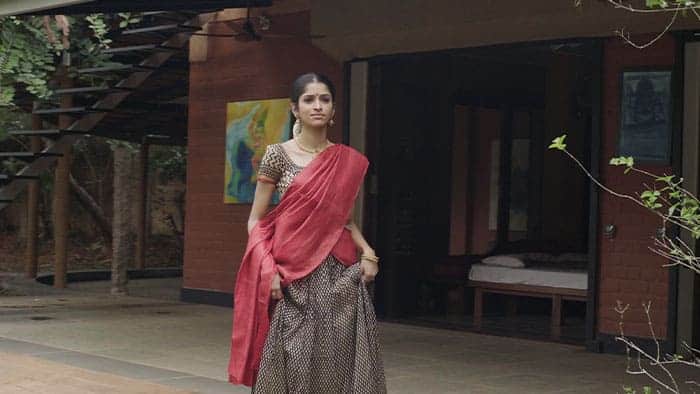
In the end, “His Father's Voice” provides a very mixed experience for its audience. For those fond of great visuals, dance and song, Kirubhakaran's film can certainly guarantee pleasure and entertainment. However, there are many questionable aspects, such as the film's characters and narrative which have to be taken into account and to some degree damage the movie's core message.
Sources:
1) Elmerson, Andrew (2019) His Father's Voice (review)
http://filmthreat.com/reviews/his-fathers-voice/ , last accessed on: 04/23/2019
2) https://www.bl.uk/onlinegallery/whatson/exhibitions/ramayana/guide.html, last accessed on: 04/23/2019
3) The statement of the director can be found here.


